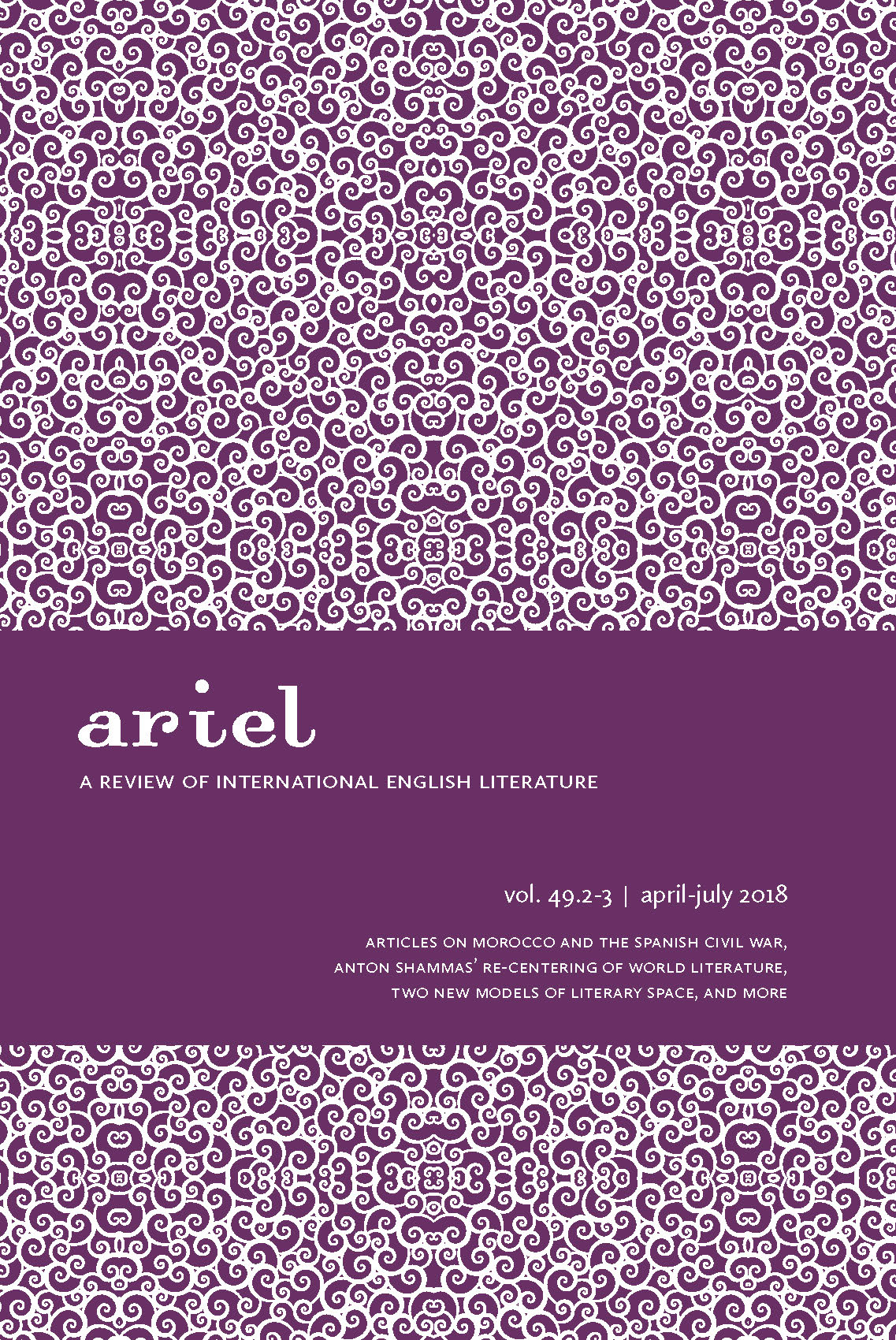Pastiche, Collage and Bricolage: Caryl Phillips’s Hybrid Journal and Letters of a Slave Trader in <i>Crossing the River</i>
Keywords:
slavery, pastiche, journal, Caryl Phillips, Crossing the RiverAbstract
In the third narrative of Crossing the River, which includes Captain Hamilton’s edited journal of his voyage to West Africa and correspondence to his wife, Caryl Phillips proposes both pastiche – through the imitation of the style of John Newton’s authentic logbook, Journal of a Slave Trader (1750-54), and of his letters to his wife – and a process of montage or collage through the inclusion of barely amended extracts from Newton’s original documents. Critics have disagreed about the proportion of appropriation and creation in that third section, with some of them insisting on the creative transformation and transposition of the historical documents, thus situating Phillips within a postcolonial and postmodernist tradition of reworking of past authoritative texts, while others – more specifically Marcus Wood in his detailed and incisive comparison of the various texts – have argued that Phillips excessively relies on the original text while simultaneously reducing its complexities. The aim of this paper is to compare Newton’s and Hamilton’s logbooks so as to assess the achievement of a twentieth-century Caribbean-English writer in his ventriloquism of an eighteenth-century slave captain within a historical narrative that is wedged between two fictional accounts by marginalized female characters.


